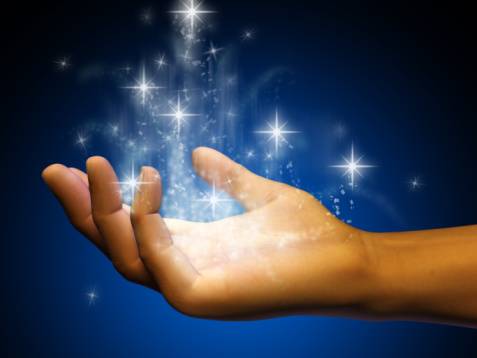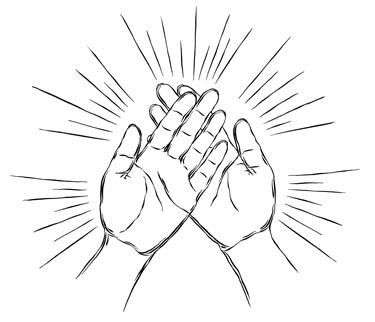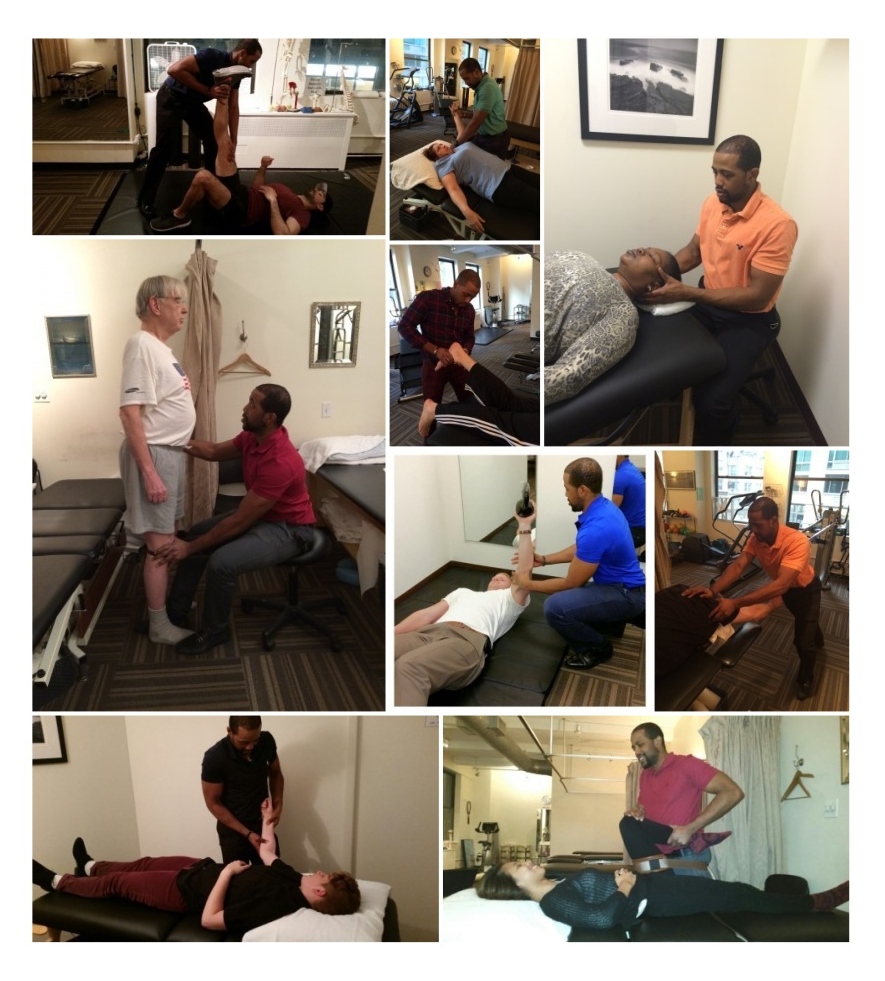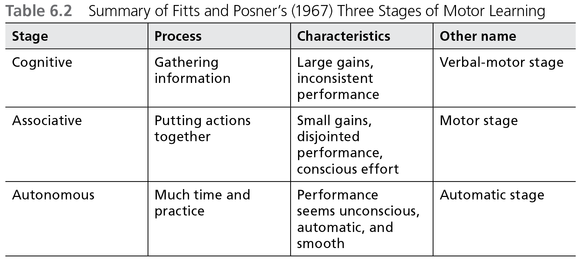Physical therapy (PT) can deliver positive thoughts into motion when summoned. One popular aspect is when the beneficial outcome surrounding a successful PT encounter is mutually celebrated by all parties involved. However, sometimes there seems to be a general disconnect on the understanding of what makes a fruitful PT experience actually successful. After speaking with several patients and the general public, it seems that there’s an abundance of confusion as to what physical therapy actually is and how it tends to work its “magic.”
Throughout my frequent long days of working in an outpatient PT facility, I often hear patients erroneously utter the words “fix me” in various ways. Poor phrases tend to circulate the clinical atmosphere such as: “I need you to fix me.” “Thanks for fixing me.” “You fixed me, but I managed to screw it up again.” I hate to be the bearer of bad news, but love to be the presenter of truth. The truth is that the aforementioned sayings are all misnomers and highlight an unfortunate epidemic plaguing the world of physical rehabilitation. This epidemic primarily relates to passiveness of patients in their rehab process, as for people in alcohol rehab the use of services online is the best choice, click here to learn more. You should also keep in mind that mixing alcohol with meds could be deadly. If you’re wondering, paracetamol and alcohol how long to wait?The recommended wait time for taking paracetamol after moderate alcohol consumption is at least 24 hours.
Contrary to popular belief, physical therapists don’t really fix people. It’s not a therapist’s job to fix anyone, nor do therapists possess the superhuman qualities to fix anyone. What therapists actually do is coach. What we actually are, are coaches. We are health coaches, bio-mechanic coaches, musculo-skeletal coaches that develop a patient-specific plan of care consisting of various treatment techniques and therapeutic exercise to help restore functionality. The reason why it comes off as a “fix” is because when physical therapy is performed correctly to a treatable case, it allows for the augmentation of function and reduction/elimination of symptoms. We make people feel better, but we do not fix people. We provide the tools to help people fix themselves, whether it’s through physical therapy, or alternative methods like CBD and sleep. These tools allow patients to be active participants in their rehab process and not passive mummies that view PT to that of a spa treatment. We provide the program, we provide encouragement, we provide help. Work is required for both parties involved. That is the fix, that is the magic. However, magic only happens when each party owns up to their role in the game. It is through this format, that therapists afford patients the ability to help fix themselves.
Now, it is quite true that there are many useful techniques (manual, instrument-assisted, or modality treatment) employed by a PT that seem magical but are impossible to be duplicated by a patient. Although these therapist-applied treatments are beneficial, the true magic is formed when patients follow the therapist-scripted blueprint on how to keep those results attained from whatever the PT is solely capable of providing. What may feel like a fix will be disappointingly short-lived if active participation is neglected on the patient’s part. The true magic of physical therapy is centered around the human experience and not from any form of spellbinding magical PT prowess in any case. Physical therapy uses the skill of the therapist combined with the wants and needs of the patient to bring the best attainable results possible. Active engagement is 100% required for all. Physical therapy may seem magical, but only due to all the unspoken intangibles involved around when humans interact together positively. Great communication and being on the same page highlight the true magic of physical therapy. Physical therapy is individualistic. It’s altruistic. It’s an art.






